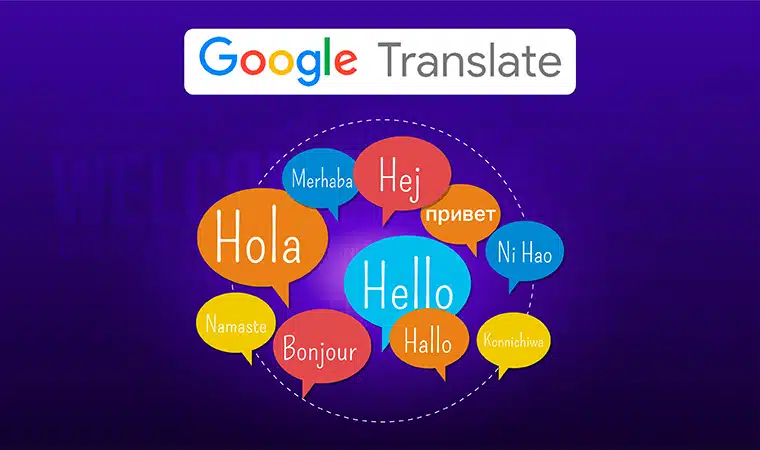
As artificial intelligence (AI) and machine learning continue to advance, so does our ability to process and comprehend human language. One of the most significant developments in this field is the Large Language Model (LLM), a technology that has the potential to revolutionize everything from customer service to content creation.
In this blog, we’ll explore what an LLM is, discuss a few examples of LLM applications, and consider their future implications.
What Does “Large Language Model” (LLM) Mean?
Large Language Models (LLMs) are a type of deep learning algorithm that processes and generates human-like text. These models are trained on massive datasets containing text from various sources, such as books, articles, websites, customer feedback, social media posts, and product reviews.
The primary goal of an LLM is to understand and predict patterns in human language, enabling it to generate coherent and contextually appropriate text.
The training process for an LLM involves the following:
- Exposing the model to billions or trillions of sentences.
- Allowing it to learn grammar, syntax, and semantics.
- Learn factual information.
As a result, these models can answer questions, generate text, translate languages, and perform many other language-related tasks with high accuracy.
Example 1: Google Translate
 Google Translate is one of the most widely used Large Language Model (LLM) examples. Launched in 2006, it has grown to support over 130 languages and serves over 500 million users daily. The system uses a deep learning algorithm called Neural Machine Translation (NMT) to process and translate text.
Google Translate is one of the most widely used Large Language Model (LLM) examples. Launched in 2006, it has grown to support over 130 languages and serves over 500 million users daily. The system uses a deep learning algorithm called Neural Machine Translation (NMT) to process and translate text.
In the early days, Google Translate relied on a statistical machine translation method. It matched the input text to the most likely translation based on the probability of word sequences. However, in 2016, Google introduced its NMT, which considerably improved translation quality by simultaneously processing and translating entire sentences, considering the context and relationships between words.
Google’s NMT algorithm is trained on vast amounts of bilingual text data and utilizes an encoder-decoder architecture.
- The encoder processes the input text while the decoder generates the translation.
- The model learns to represent the meaning of a sentence in a continuous space called an embedding, allowing it to understand and translate complex language structures.
According to NewYorkTimes, Google’s Neural Machine Translation (NMT) system translates more than 140 billion words daily for over 500 million users. This astonishing figure highlights the impact and potential of LLMs in breaking down language barriers and facilitating global communication.
Google Translate has been continuously refined and updated, enhancing the translation quality and expanding its language support. The service has become indispensable for millions worldwide, enabling seamless communication and information access across language barriers.





